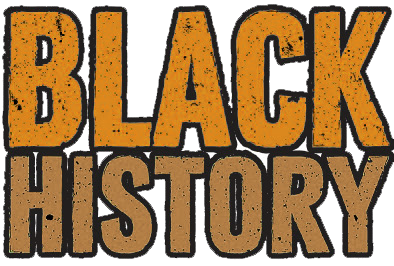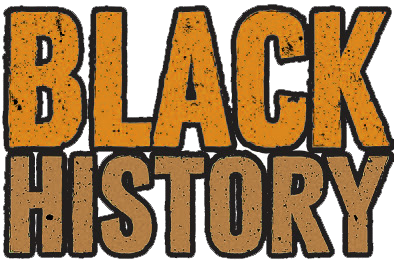
In the 1980s, a major surge of drug use hit the streets of New York City that mostly affected African Americans. Between the increase of heroin addicts and cocaine users, crime rates were also shooting up. Everything from child abuse to prostitution was beginning to reach epidemic levels.According to a 1986 newspaper article from The New York Times, ‘broad cultural trends may be leading youths to prefer the stimulant effect of cocaine to the depressant effects of heroin and marijuana.’ The article goes on to imply that the usage of cocaine was, in fact, trendy to younger people of that time.
The eyewitness account of this article also shared the insight of Blanche Frank, who was the chief of epidemiology of the State Division of Substance Abuse Services at the time. She went on to credit AIDS for the shift from heroin use, stating that it ‘has neutralized the demand for heroin. And crack has dominated the drug scene, giving users something to turn to.’
Lastly, a separate article by the Times dated back in 1989 pointed out that the demographic of cocaine addicts was not New York’s upper-class citizens, but that its presence was ‘more pervasive’ on the poor.
In fact, according to a report by the National Bureau of Economic Research, between 1984 and 1989, the homicide rate for Black males aged 14 to 17 more than doubled, and the homicide rate for black males aged 18 to 24 increased nearly as much. During this period, the Black community also experienced a 20–100% increase in fetal death rates, low birth-weight babies, weapons arrests, and the number of children in foster care.













